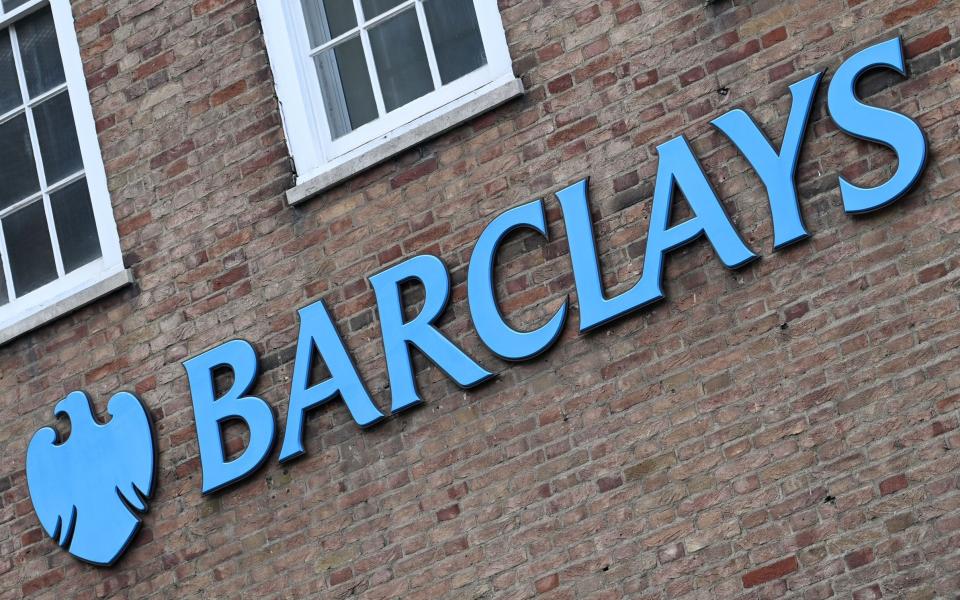Barclays biggest culprit for the ‘savings gap’

The gap between mortgage and savings rates is growing as high street banks fail to pass on interest rate rises.
Not one of Britain’s nine biggest banks and building societies has raised its easy-access savings rates to match the 1.65 percentage point increase in the Bank Rate since December, according to data firm Moneyfacts.
Barclays has the biggest gap between its mortgage and savings rates. Its easy-access savings rate is still at just 0.01pc, but its “standard variable rate” mortgages have been increased by the full 1.65 points since December, in line with Bank Rate rises. Its SVR is now at 5.24pc.
Halifax, TSB, Nationwide and Lloyds are all offering the same SVRs, having fully passed on all six of the last Bank Rate rises. Nationwide has the second-largest gap between mortgage and savings rates, with easy-access accounts paying 0.18pc. Lloyds savers are faring only marginally better with returns of 0.2pc, while TSB and Halifax are at 0.25pc.
Santander has the smallest gap between mortgage and savings rates. Its eSaver (Issue 20) account now pays 0.75pc, and although it has passed on the full interest rate rise of 1.65pc to mortgage borrowers, its SVR is priced at 5pc.
HSBC has been the slowest to pass on rising interest rates to its mortgage borrowers, having bumped up its SVR by only 1 percentage point since December. Mortgage borrowers pay 4.54pc now, the lowest rate. So even though savers have been stuck at 0.2pc, the bank has the second smallest gap between mortgage and savings rates.
Royal Bank of Scotland and NatWest have the same rates. They have raised SVRs by 1.15 points since December, meaning mortgage borrowers are paying 4.74pc, while savers receive 0.2pc.
Emma Hardy, a Labour MP on the Treasury Select Committee, said: “It is fundamentally unfair that banks immediately pass on rate rises to borrowers but drag their heels when it comes to savers.” Some banks, including Barclays, said they will increase savings rates in September.

 Yahoo Finance
Yahoo Finance 